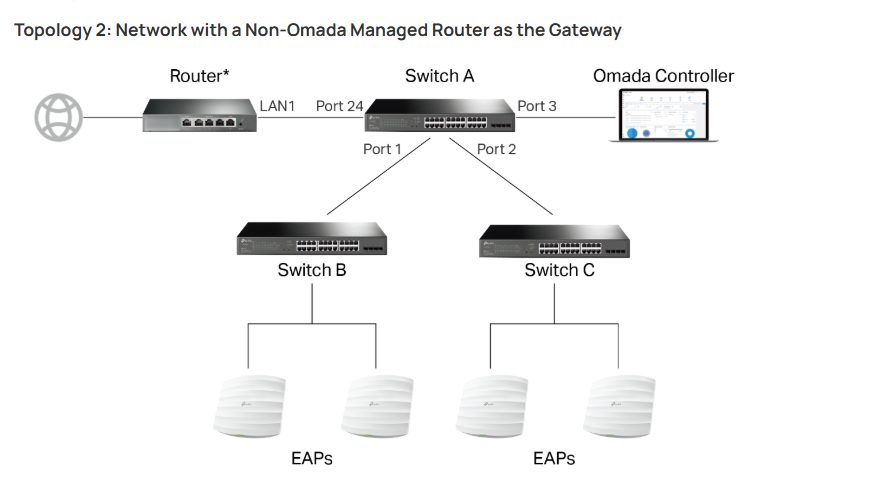Unable to move off VLAN 1 as default
I'm not an expert, just trying to learn by doing. I read it is recommended to move off VLAN 1 which is used by default. Sadly I've spent the last few days trying and I've only learned how to consistently get the network back to a working state. Would appreciate if anyone can break it down barney style for me. ChatGPT and Copilot have not been any help either. Truthfully, I don't even know how to monitor any of it. Only way I know its working is by the IP assigned with DHCP.
Here is my setup:
Opnsense and Omada Software Controller on Proxmox
Switch: TL-SG3428XPP-M2
vnet0: SFP+ to switch (VLANs)
vnet1: SFP+ to modem
vnet2: Backup NIC (THANKFULLY!! This has saved my tail. Although, I can get into Opnsense, but I can't access anything on any of the VLANs problem for a different day)
VLAN10: Management (Networking/Servers)
VLAN20: Trusted
VLAN30: IoT
VLAN40: Guest
All devices/servers/switches are added as static to Opnsense.
Worth noting, but I haven't got to these just yet.
1. 1 port goes to a smart switch in my office. I want to be able to have my work laptop on the Guest VLAN while my PC is on the Trusted leveraging DHCP. From what I gather, the port connecting the 2 switches neeed to be a trunk port. Guest and Trusted VLANs need to be tagged.
2. Proxmox will have some VMs on different VLANs and leverage DHCP for the VM.
I'm getting it to work consistently by doing the following:
vnet0 assigned to Management network (not as a VLAN)
VLAN 20-40 set with vnet0 as Parent
On the switch, I left the Default interface and added VLANs 20-40
Here's what I've tried in different combinations with 0 success:
1. Tried setting Default interface with VLAN 10 and unassigning vnet0. Only having vnet0 assigned as Parent with all VLANs assigned.
2. Tried creating a Trunk port by creating a 'Blackhole' VLAN99 on the switch with it as untagged and all other VLANs as tagged. I lose connection to the switch even though plugged into its port.
3. Created a 'Default' on Opnsense assigned it to vnet0 while VLANs have it as a parent. I think the switch was getting assigned to the default vlan rather than Management
4. I tried setting up LAGG because I was considering picking up a 4 port NIC, but couldn't get it to work at all. Not with vnet0 assigned or unassigned as Parent to all 4 VLANs

